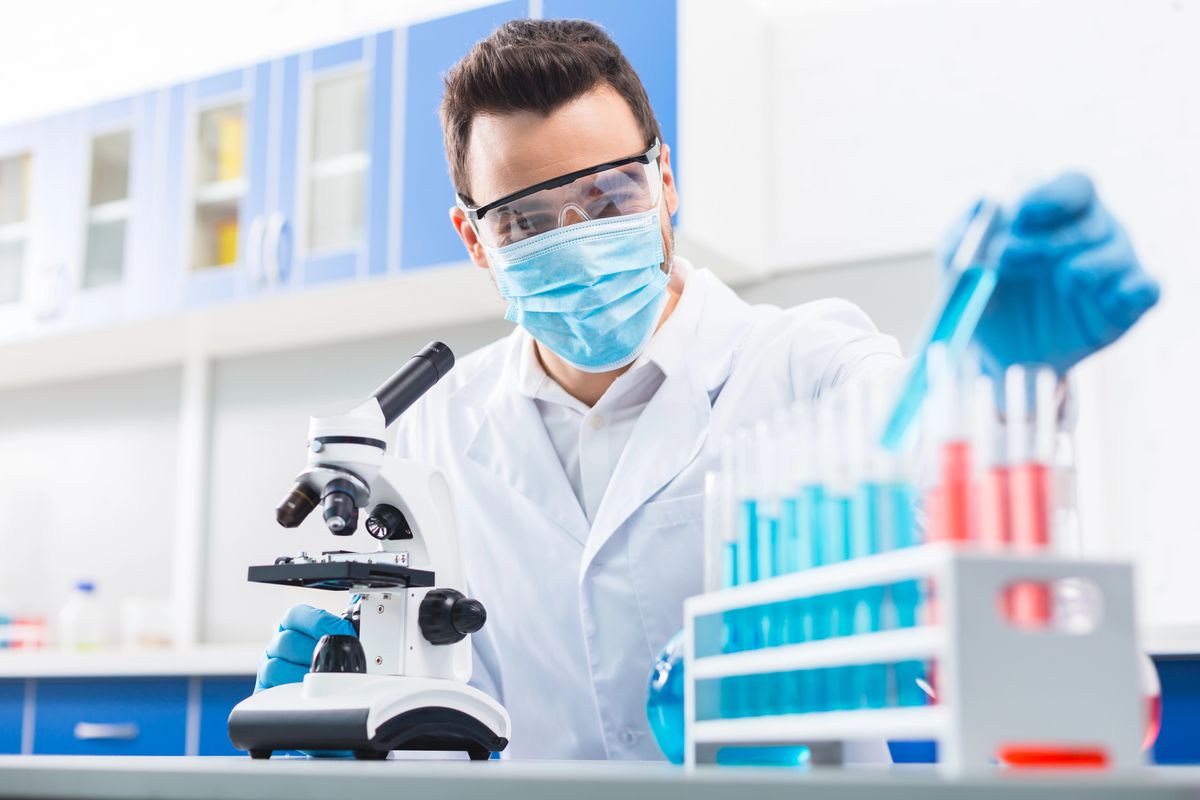Medical diagnosis plays a key role in the treatment of patients. It enables rapid and accurate diagnosis, which is essential for the implementation of appropriate treatment. In recent years, laboratory diagnostics have undergone significant changes thanks to new technologies and innovations.
What is medical diagnostics?
Medical diagnosis is the process of collecting and analysing information about a patient's condition in order to make a diagnosis. It encompasses a variety of methods and techniques that help doctors identify diseases and ailments. Through medical diagnosis, it is possible not only to detect a disease, but also to monitor its course and the effectiveness of treatment.
Different types of diagnostics: Medical diagnostics covers several main areas:
- Medical imaging: Such as X-ray, computed tomography (CT), magnetic resonance imaging (MRI) and ultrasonography. These techniques allow visualisation of the internal structures of the body.
- Clinical diagnosis: It includes physical examinations, medical history and functional tests to help doctors assess the patient's health status.
- Laboratory diagnostics: It involves the analysis of biological samples such as blood, urine, tissues or body fluids. It is the most precise and specific method for diagnosing many conditions.
Laboratory diagnostics
Laboratory diagnosis is the process of testing biological samples to detect and monitor disease. It is an indispensable part of modern medicine, providing doctors with key information about a patient's health status. It allows early detection of many diseases, which significantly increases the chances of successful treatment.
A wide variety of tests are performed in medical laboratories, which can be divided into several main categories:
- Biochemical analyses: Testing the levels of various chemicals in the body, such as glucose, cholesterol or electrolytes.
- Haematology: Blood analysis, including morphology, blood group tests and tests for various blood pathologies.
- Microbiology: Testing to detect and identify pathogens such as bacteria, viruses and fungi.
- Genetics: DNA analysis to identify genetic mutations that may lead to inherited diseases or predisposition to certain conditions.
Innovations in laboratory diagnostics
In recent years, new technologies have emerged in laboratory diagnostics that have significantly improved the accuracy and speed of testing. Examples of such technologies include:
- PCR (Polymerase Chain Reaction): A technique that allows the rapid and precise detection of the presence of genetic material of pathogens.
- NGS (Next-Generation Sequencing): Advanced DNA sequencing, which allows detailed analysis of the patient's genome, identifying mutations and genetic predispositions.
- Mass spectrometry: A technique that allows the chemical composition of samples to be analysed with extreme accuracy, used in toxicology, among other fields.
Automation and robotisation: Modern laboratories are increasingly using automation and robotisation to speed up processes and reduce the risk of human error. Automated systems can run a number of tests at the same time, significantly increasing laboratory productivity. Automation also allows standardisation of procedures, resulting in greater consistency and accuracy of results.
Artificial intelligence and big data: AI and big data analytics are being used to improve diagnostic processes and personalise treatment. AI algorithms can analyse test results and suggest diagnoses, helping doctors to make more precise decisions. Big data analytics can identify patterns and trends that may not be visible with traditional analysis methods.
Impact of innovation on patient treatment
Faster and more accurate diagnosis: New technologies enable faster and more accurate diagnosis, which is crucial for effective treatment. Rapid diagnosis allows early initiation of therapy, which is often crucial for successful treatment. For example, techniques such as PCR allow pathogens to be detected within hours, significantly reducing the time to wait for results.
Personalisation of therapy: Advanced laboratory tests allow individualisation of therapy. For example, genetic testing can help select the most effective drugs for a given patient, which is particularly important in oncology. Through genetic analysis, it is possible to tailor treatment to specific mutations in cancer cells, which increases the effectiveness of therapy and minimises side effects.
Improving treatment outcomes: Research shows that innovations in laboratory diagnostics contribute to improved patient outcomes. Faster diagnosis, better personalisation of therapy and more accurate monitoring of the patient's condition lead to better therapeutic outcomes and improved quality of life for patients. Statistics show that patients using modern diagnostic methods have higher survival rates and better health prognoses.
Innovations in laboratory diagnostics play a key role in improving the quality of patient treatment. Modern technologies allow faster and more accurate diagnosis, leading to better therapeutic outcomes. Personalisation of therapy, supported by advanced laboratory tests, allows for a tailored approach to treatment, which increases the effectiveness of therapy and improves patients' quality of life.

